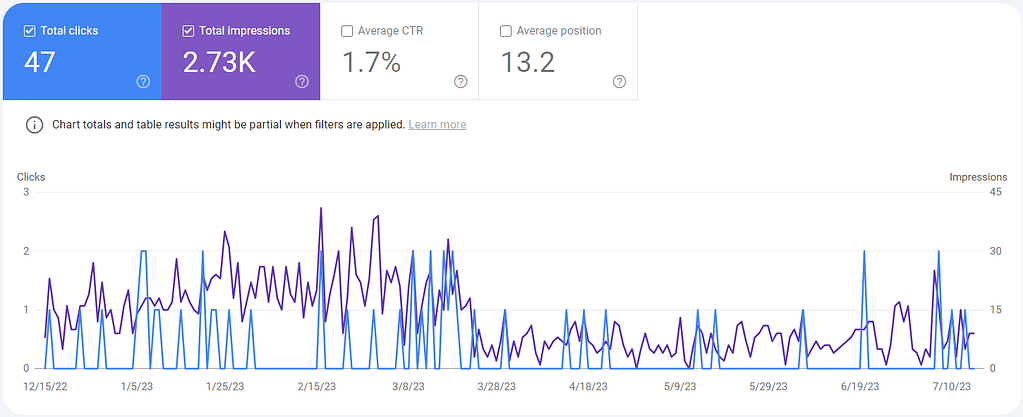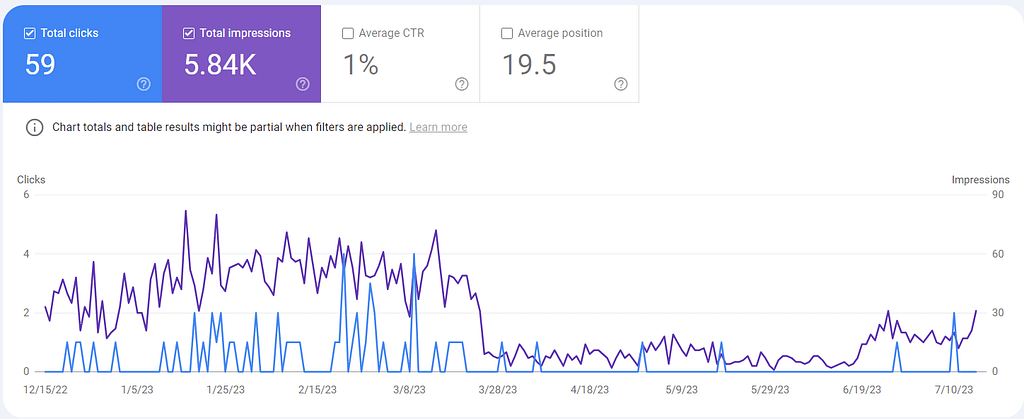Can Publishing Duplicate Content Hurt Your Search Engine Rankings?
Duplicate content is a persistent concern for website owners and SEO specialists alike. From near-identical pages to sections of content reused across a site, the ramifications of duplicate content on search engine rankings are often debated.
In this article, we delve into the nuances of duplicate content and its impact on SEO. We explore different scenarios, from full-page duplicates to spun content, to understand when and how duplicate content can affect your site’s performance in search engine results pages (SERPs).
TL;DR
- There are different ‘degrees’ of duplicate content (from spun copy to identical full-page content)
- Generally, duplicate content won’t severely impact your rankings. Google will usually pick the most appropriate page to rank
- But full-page duplicates carry the potential to hurt your rankings, especially if there are other conflicting signals.
- Duplicate sections (as opposed to full pages) also shouldn’t impact rankings; so long as the primary focus of the page is not duplicated content
- Spinning content can be a useful tool, depending on the intent of users. Informational content isn’t good for spinning but commercial/transactional content is usually okay
There is a Range of Duplicate Content
Duplicate content can refer to a range of cases. Sometimes we’re talking about duplicates of pages, differentiated only by their URLs.
It can also refer to sections of content that appear on multiple pages across your site.
And other times, duplicate content can refer to text that has been lightly edited–or spun–in order to appear original.
We’ll take a look at all three cases and what impact (if any) it can have on your ability to rank on the SERPs.
Full Page Duplicates
Full-page duplicates are when the same page is effectively copied and pasted.
Search engines especially dislike this type of duplicate content because it makes it more difficult to determine which pages to prioritize in the rankings.
Although most of the time, Google doesn’t have too much trouble and can select one version of the pages to show.
However, as we found out the hard way, this isn’t always the case. There are some instances in which duplicate content can hurt SEO performance. The case study below demonstrates one of those instances.
Case Study of Full-Page Duplicate Content
We have an e-commerce client that has thousands of product pages. Last year, they had a technical hiccup in which some of their pages were republished under a new URL.
So for a while, we had two identical versions of many product pages.
While their developers quickly solved the main issue, there were still a few duplicate pages out there that we didn’t catch right away.
But once we did, it gave us an interesting peek into what can happen when you have identical content on your site. And the results are kind of frightening.
Here are some screenshots of Search Console performance when filtered to include both versions of the duplicated page.



When the issue occurred in late March, performance tanked for pages with duplicate versions. Neither the existing page nor the new version ranked well.
This is what we believe happened:
The original pages had a longer history with a more robust backlink profile, which gave it a fair amount of “ranking power.”
However, the links from the client’s internal catalog were overwritten and instead linked to the new versions instead of the original, which sent mixed signals to search engines regarding which version to prioritize.
And this bumped us down quite a bit in the rankings.
This was an easy fix once we caught it and performance for those pages soon recovered. But it demonstrates vulnerabilities when publishing identical content (whether intentionally or not).
Duplicate Sections
By duplicate sections, I mean identical content that doesn’t make up the primary focus of the page. Generally speaking, duplicate sections won’t have a negative impact on rankings.
As long as the remainder of the page’s content hits the criteria required for ranking, then duplicate sections aren’t going to slow things down.
For example, one of our clients has a section that serves as a call to action with a fair bit of text that they post on their blogs, FAQs and other information-serving pages.

Since these are primarily informational pages, the call to action isn’t going to play a big role in Google’s analysis of the page.
But if these sections take up a more substantial portion of the page, it might be worth rewriting the content in order to ensure its originality.
It’s useful to think about it like this: If you were to remove the section in question, would the page still make sense? Would it still accomplish its goal? If we remove the CTA of the pages mentioned above, then yes, the page would absolutely still make sense and accomplish its goal of informing our audience.
But there are some instances where rearranging, rewriting, or spinning the content would make sense (more on that below).
Similar (or spun) Content
Sometimes, it’s necessary to rewrite existing content–called spinning.
But this raises similar questions. Does Google view spun content as ‘legitimate’? Can “spun” content hurt my SEO performance?
Spinning Content is the practice of rewording existing text to communicate the same ideas but avoiding the appearance of duplicate content or–for some black-hat actors–plagiarism.
As usual, the answer is–annoyingly–it depends.
While Google won’t manually penalize sites unless there is obvious malicious behavior, I wouldn’t go so far as to say that publishing spun content can hurt SEO.
It’s more accurate to say that spinning content is often just a waste of time. Not always. But often.
When Spinning Content is a Waste of Time
I’d argue that spinning content is a waste of time when you’re trying to rank for queries with informational intent.
Google prioritizes content that:
- contains original information, reporting, research, or analysis
- provide a substantial, complete, or comprehensive description of the topic
- offers insight or information beyond the obvious
- and avoids simply copying or rewriting those sources
While it’s not perfect, Google is generally pretty good at ranking content that offers more than generic or regurgitated answers to common questions.
And in our experience, spun content–and even content that’s relatively original but offers little more insight than the sources we used to write it–almost never generates traffic for informational queries.
However, we have had success when spinning content for queries with commercial or transactional intent. Here’s a case study to demonstrate.
Case Study of Spun Content
We have a client that serves Los Angeles with moving services.
L.A. has a huge geography with many towns and smaller cities within it. So, as part of our SEO strategy, we published Areas Served pages that target localized search queries (e.g., anaheim movers and movers in beverly hills, etc.).
With hundreds of these pages to publish, it’s incredibly difficult and time-consuming to write completely original content for each one. So oftentimes, we’ll spin the content.


While this content is relatively unique on the surface, it’s functionally identical. Google’s crawlers won’t process a distinction between synonyms such as hassle-free transition and hassle-free move.
So if the content isn’t unique (i.e. duplicate content) why doesn’t this hurt SEO performance?
I’d argue it’s because the commercial intent to purchase moving services in a specific geography–Beverly Hills–means the pages’ different geographic focus is enough to make them sufficiently unique.
A user in Anaheim doesn’t want a page on services in Beverly Hills and vice versa.
Given the relative success of these particular pages and our Area Served page strategy, it’s safe to assume that Google considers this kind of spun content to be acceptable.
Wrapping Up
Navigating the intricacies of duplicate content in SEO requires a nuanced understanding of search engine algorithms and user intent. While some instances of duplication may have negligible effects or even prove beneficial, others can significantly impact your site’s visibility and ranking potential.
By recognizing the various forms of duplicate content and implementing strategies to address them effectively, website owners can optimize their SEO efforts and enhance their online presence in a competitive digital landscape.

